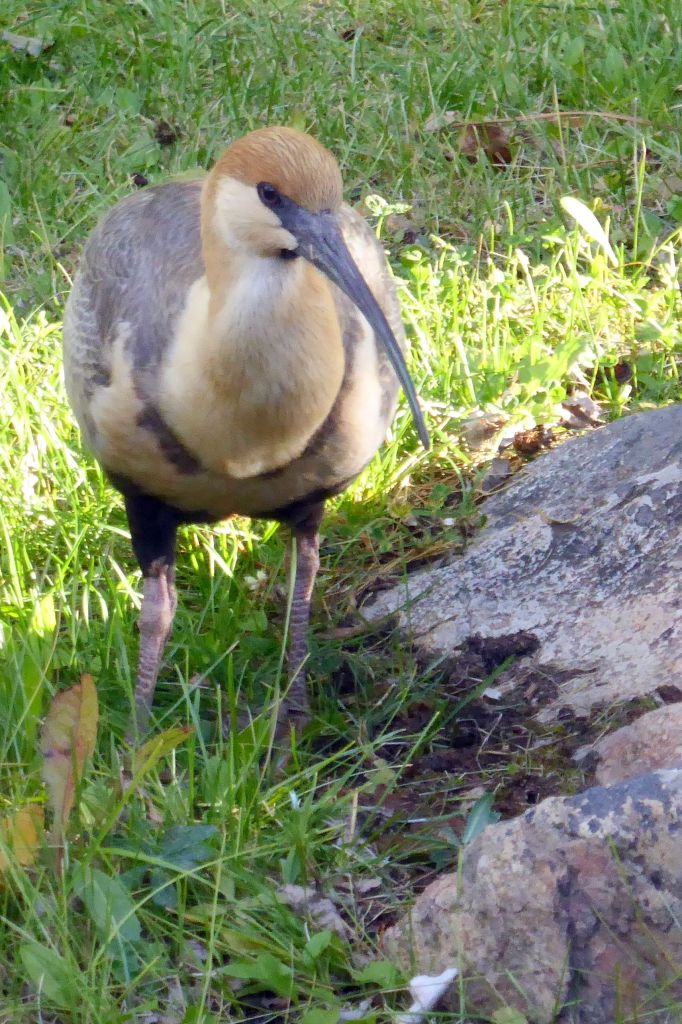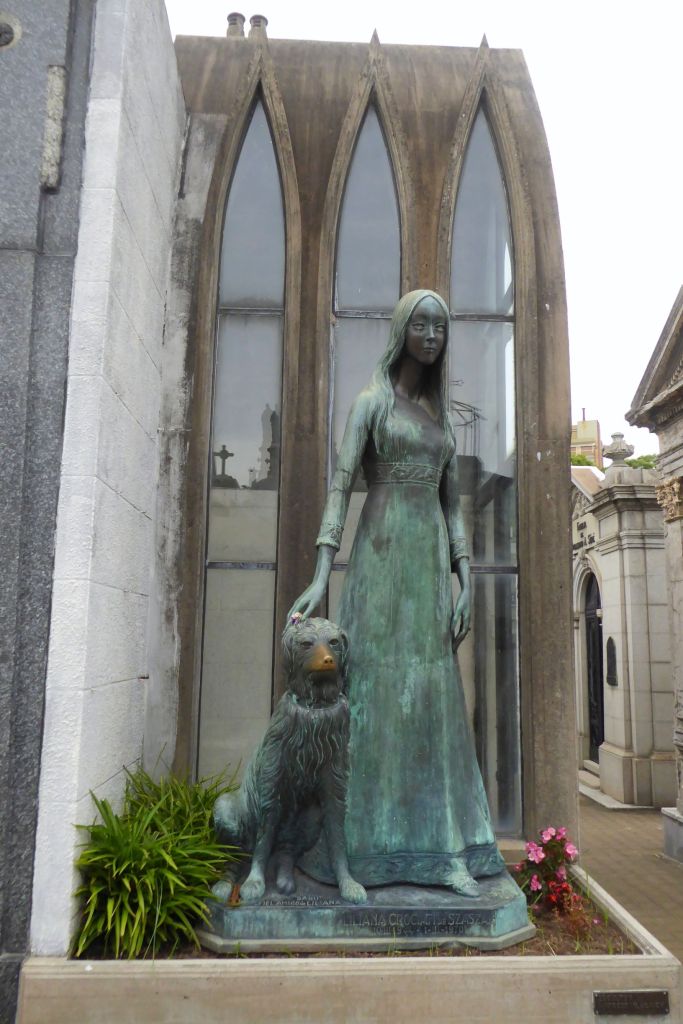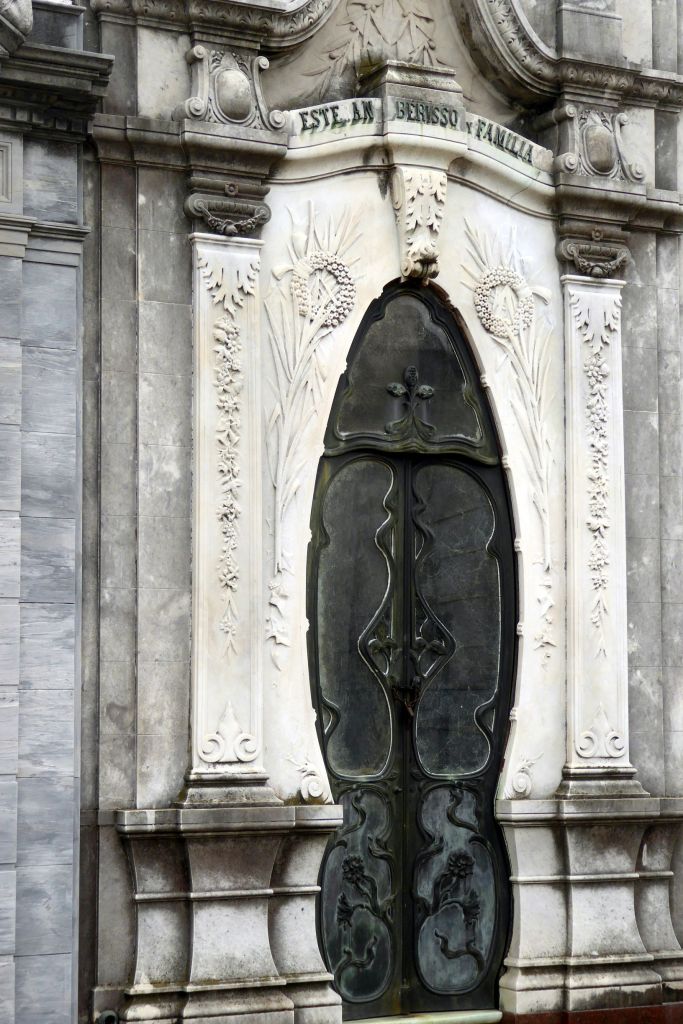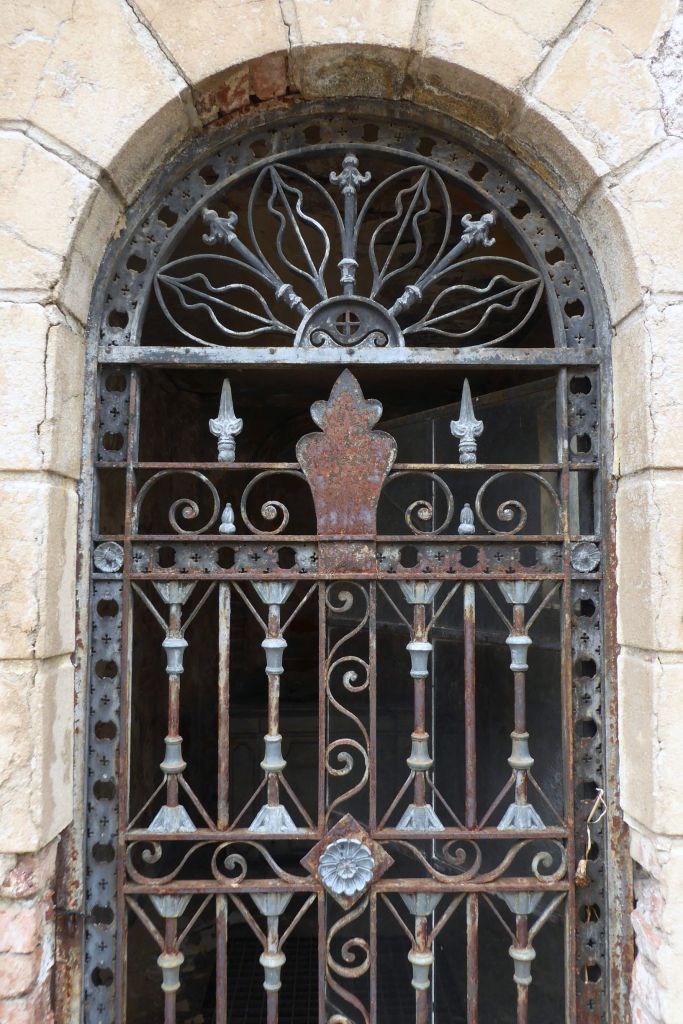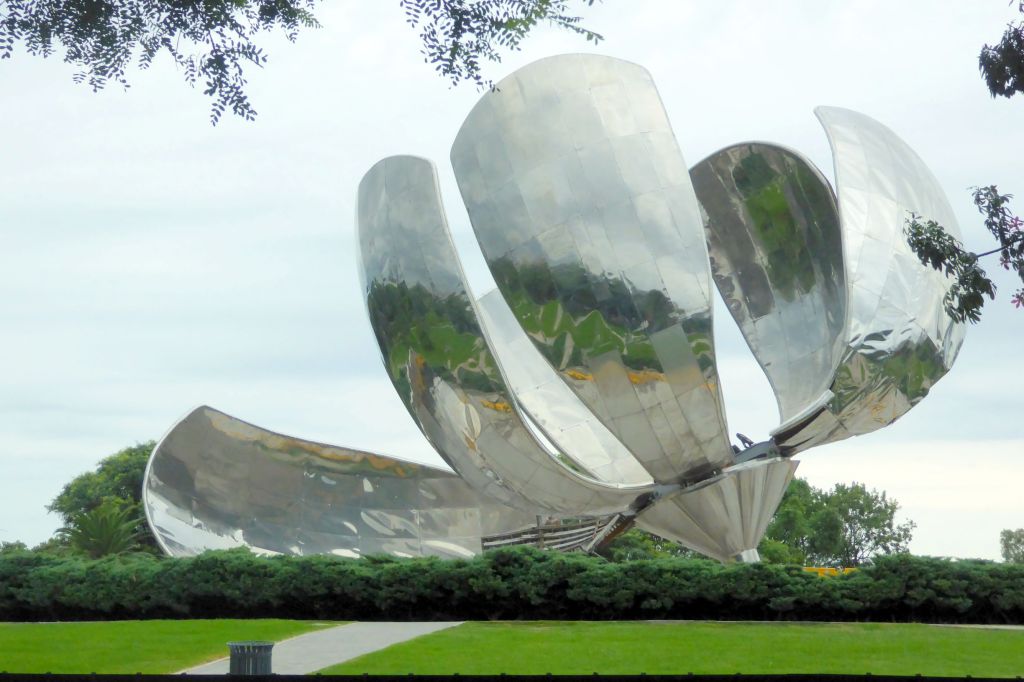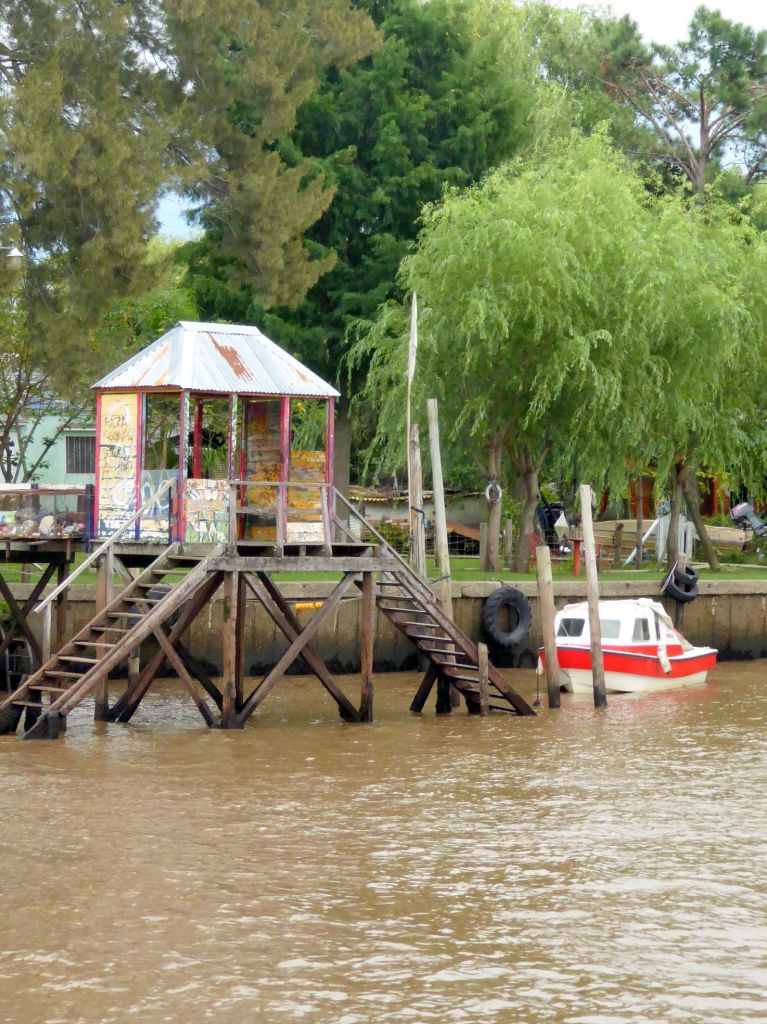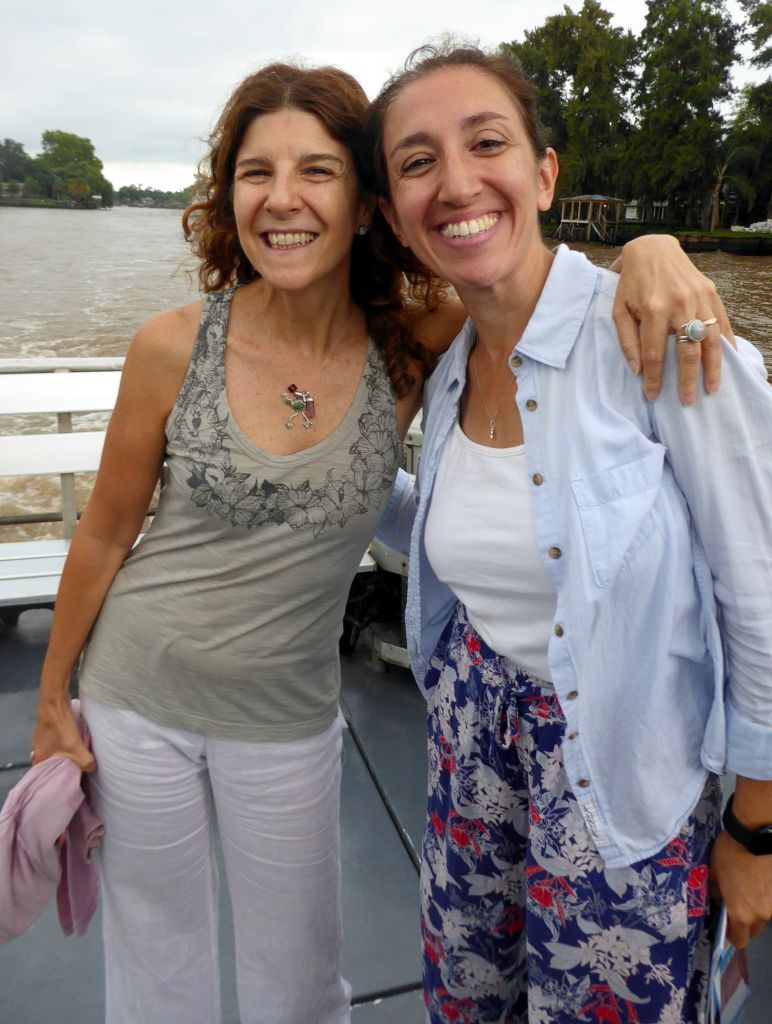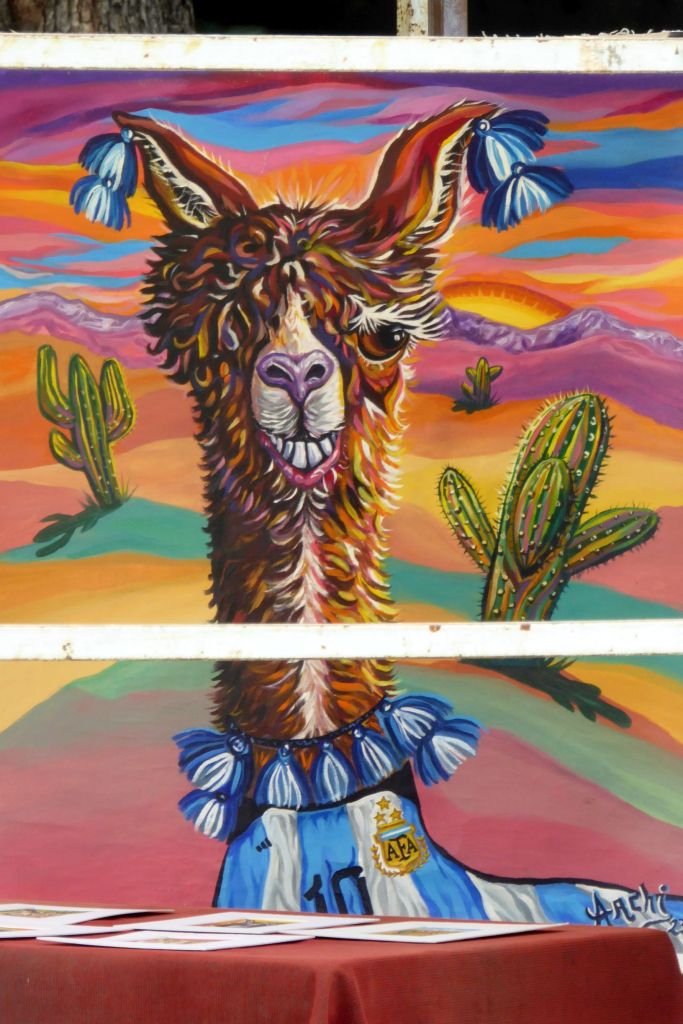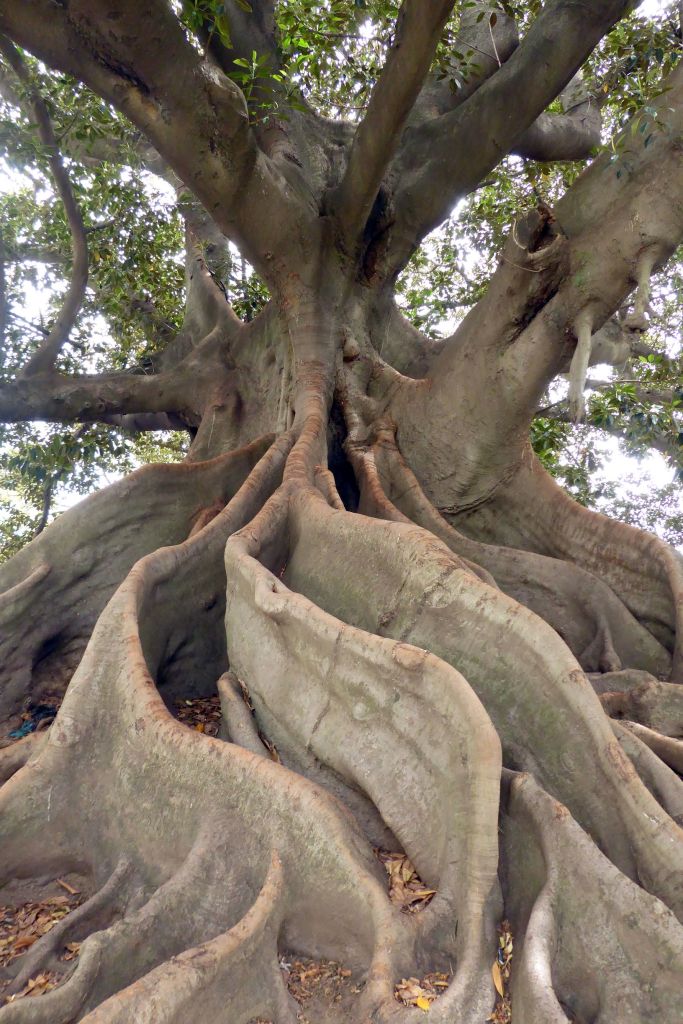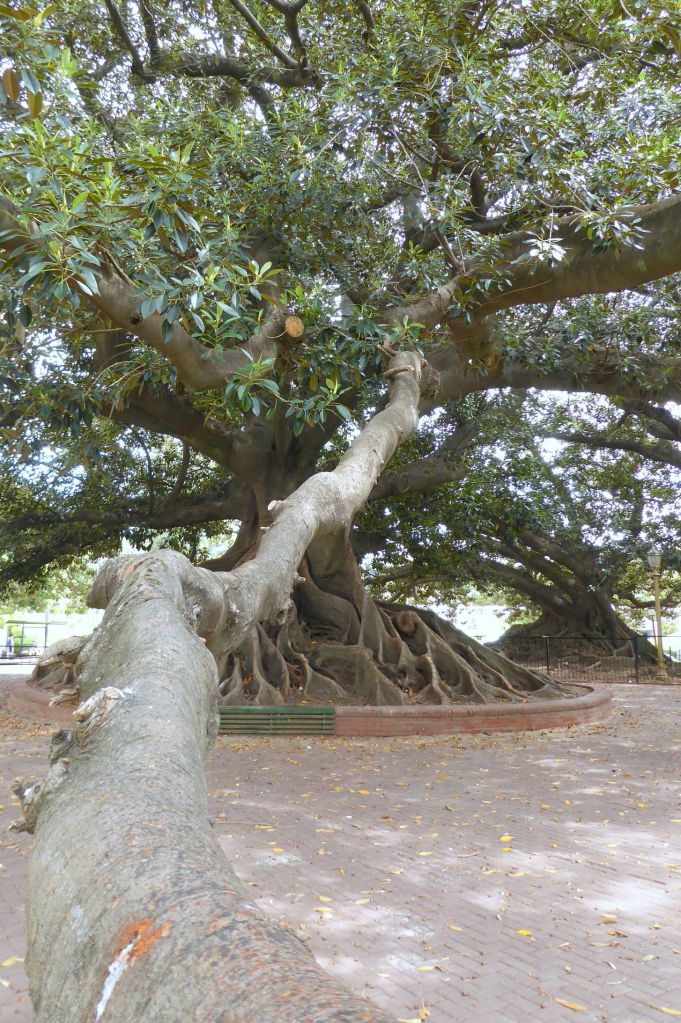ARGENTINA & CHILE #17: BACK TO BUENOS AIRES
Since this was a travel day back to Buenos Aires without much to write about, I will combine two days in this post.
As we prepared to bid farewell to El Calafate, we were greeted by this cutie as we looked one last time at the beautiful grounds of our hotel:
(For all photos, especially panoramas, click on the image for a full screen view.)
After a smooth flight from El Calafate to Buenos Aires, we enjoyed a relaxing afternoon before rejoining the group. It was a warm and sunny day, so we enjoyed our short walking tour at the river where we had our Welcome Dinner. This was our last night together on the main tour, so we concluded our walking tour and gathered one final time as our group of 16 at Villegas Resto for our Farewell Dinner.

The following day, we met up with Noe, our Buenos Aires guide at the beginning of our tour. For our last day in the city, we enjoyed a wonderful tour before saying farewell to five members of our group who were not going on with the rest of us on the Iguazu Falls post-extension.
Our first stop was La Recoleta Cemetery, the final resting place of the wealthiest and most famous Argentinians, including Eva (“Evita”) Peron. 94 of the 4,691 vaults in the cemetery have been declared National Historical Monuments. Many of the elaborate marble Mausoleums were worth up to $250,000, and many families are trying to sell them due to financial hardships caused by the unstable economy.
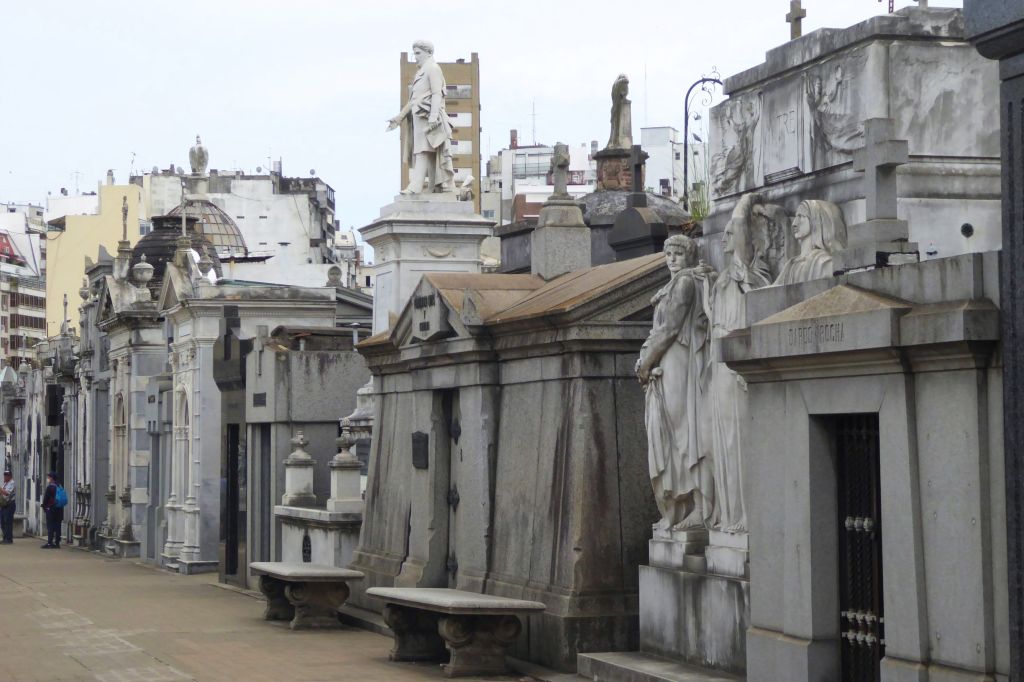
Tigre City, north of Buenos Aires and situated on the Parana Delta, was next on our tour. Located 17 miles from Buenos Aires, it is a favorite weekend tourist destination for city dwellers as well as rowers and kayakers. There are several rowing clubs on the delta, and it is the training site of the Argentina Olympic Rowing Team.
The skies threatened to drench us during our boat tour, so most of the group stayed inside to listen to Noe’s informative narration. I was thankful for the boat’s speaker system because I opted to stay outside and listen while I shot photos. Nora was so interesting!
Tigre City is a group of islands about half the size of Switzerland. Since there are no bridges connecting the islands, boats are the mode of transportation. A network of beautiful 70-year-old wooden boats serve as water taxis—the way most locals get around. It is also the way mail and groceries are delivered, and the drivers know the houses not by numbers, but by their names. Leaving your house to go on vacation? Hail a water taxi, put your luggage up on the boat’s roof, take a seat inside, and off you go!
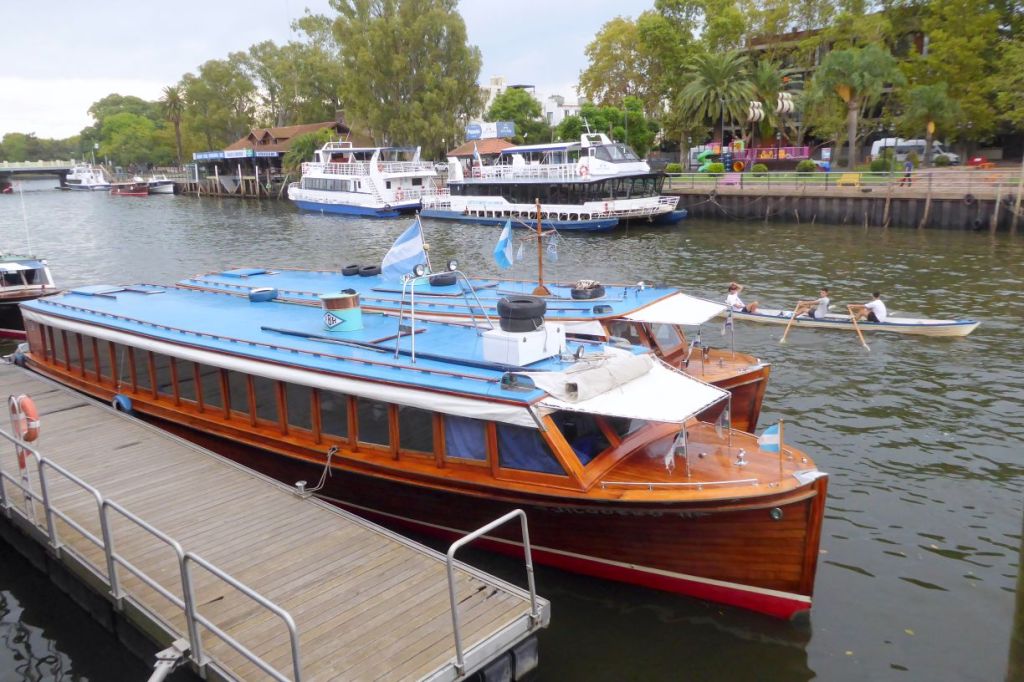
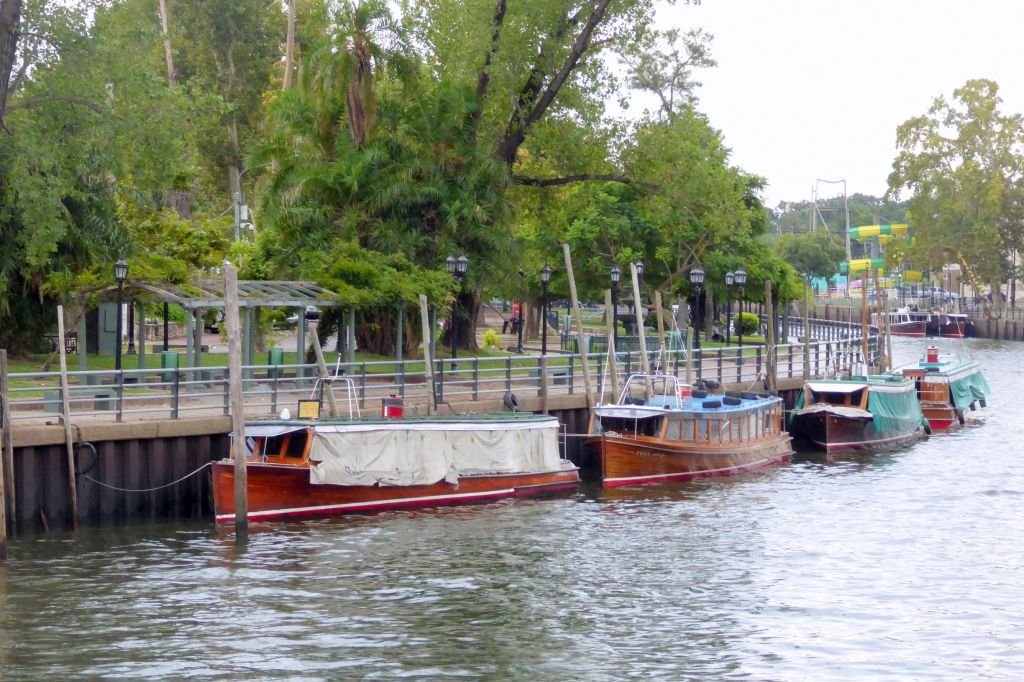
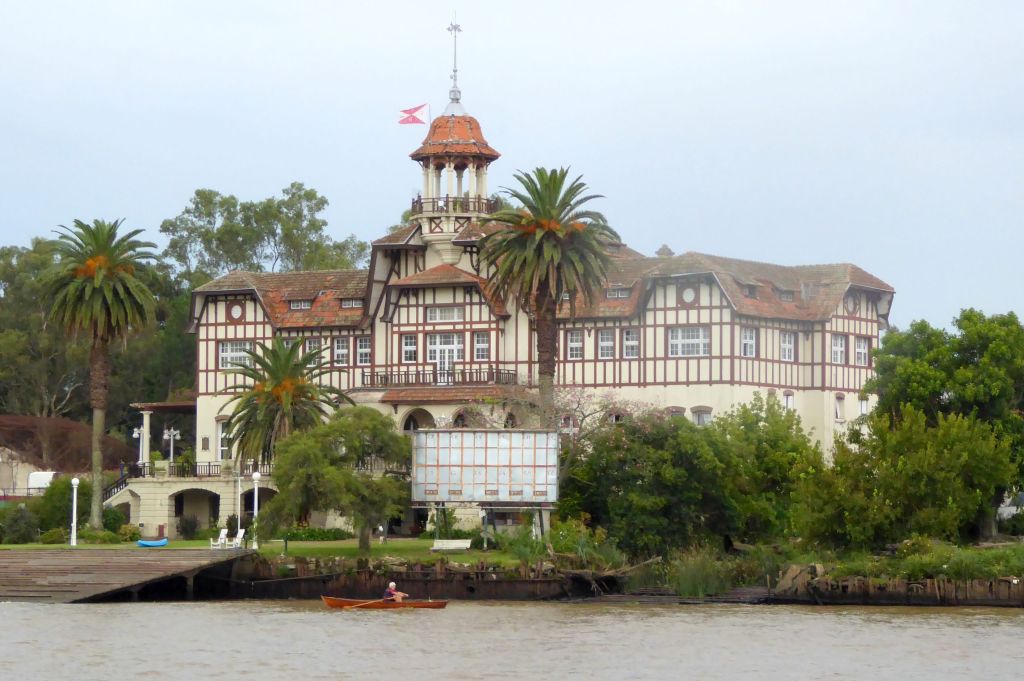
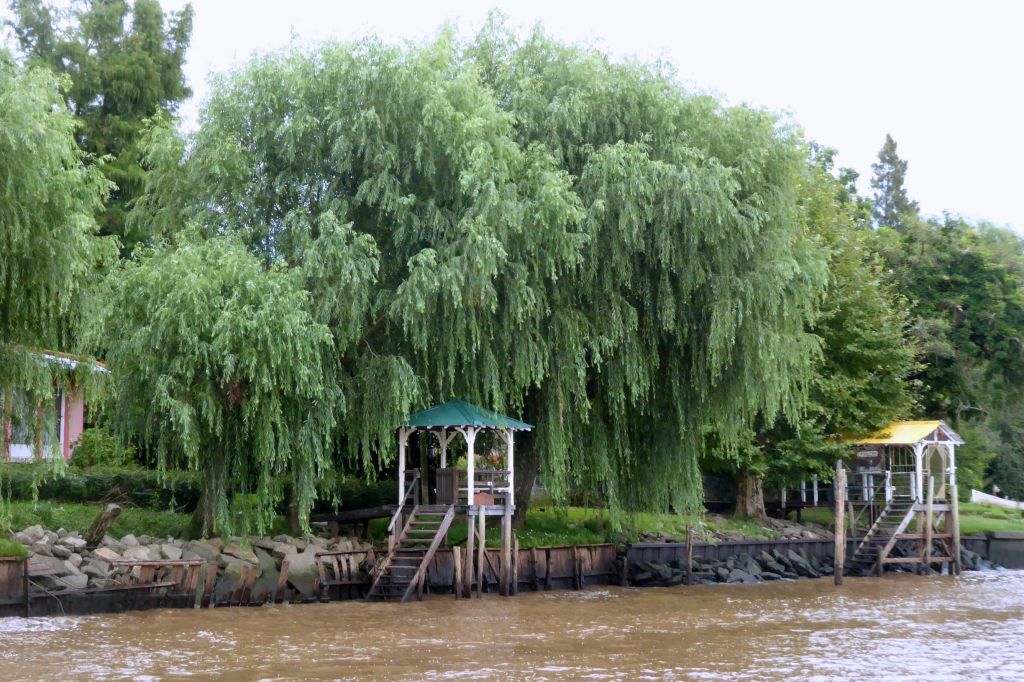

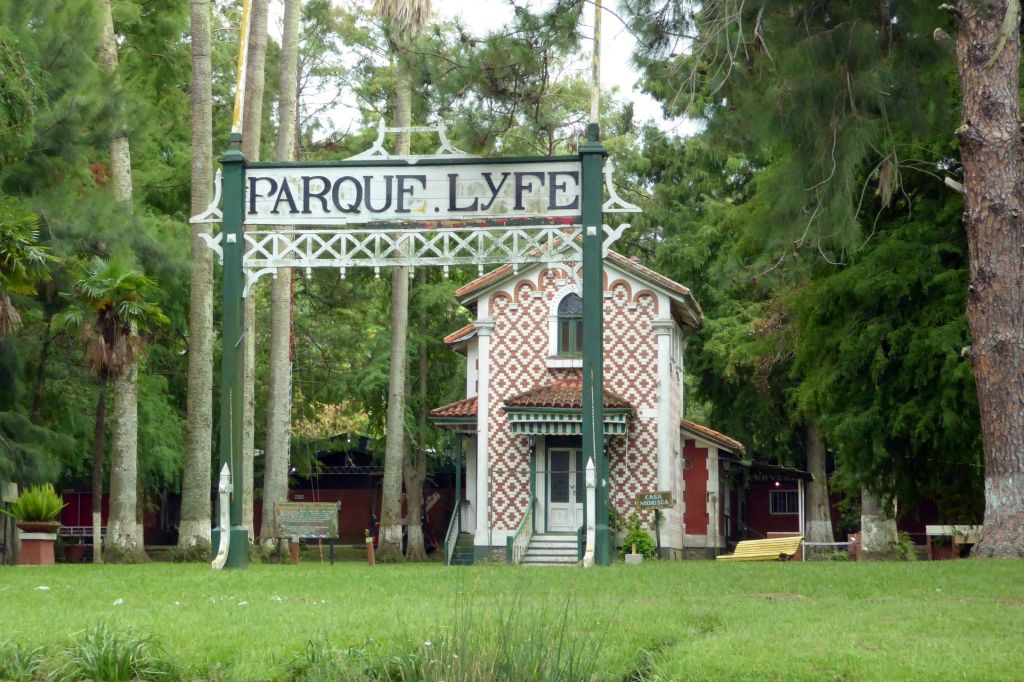
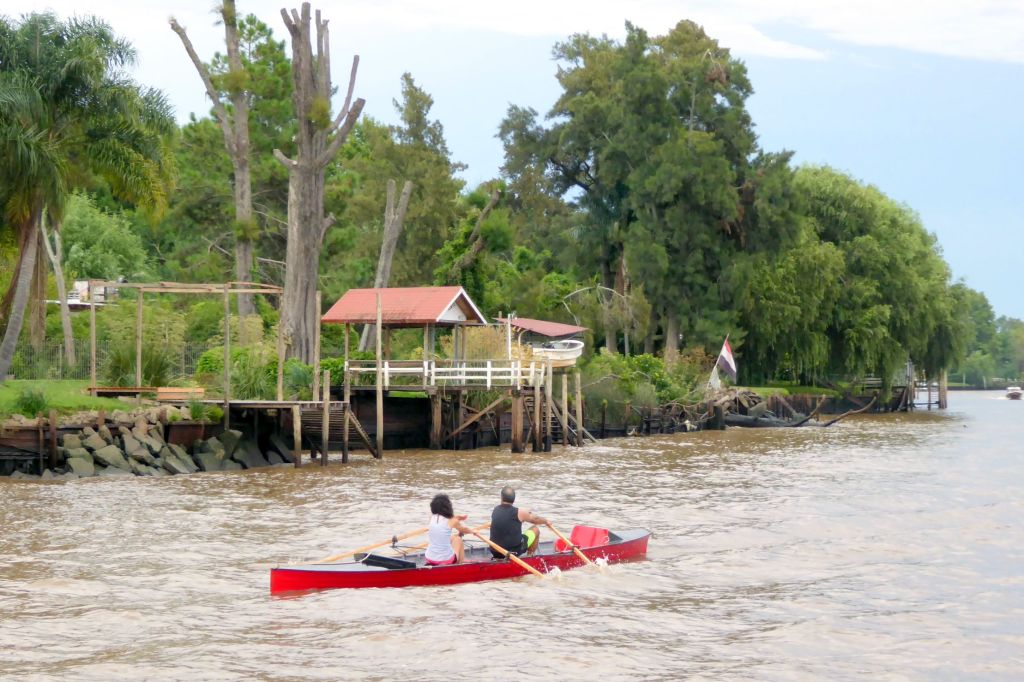
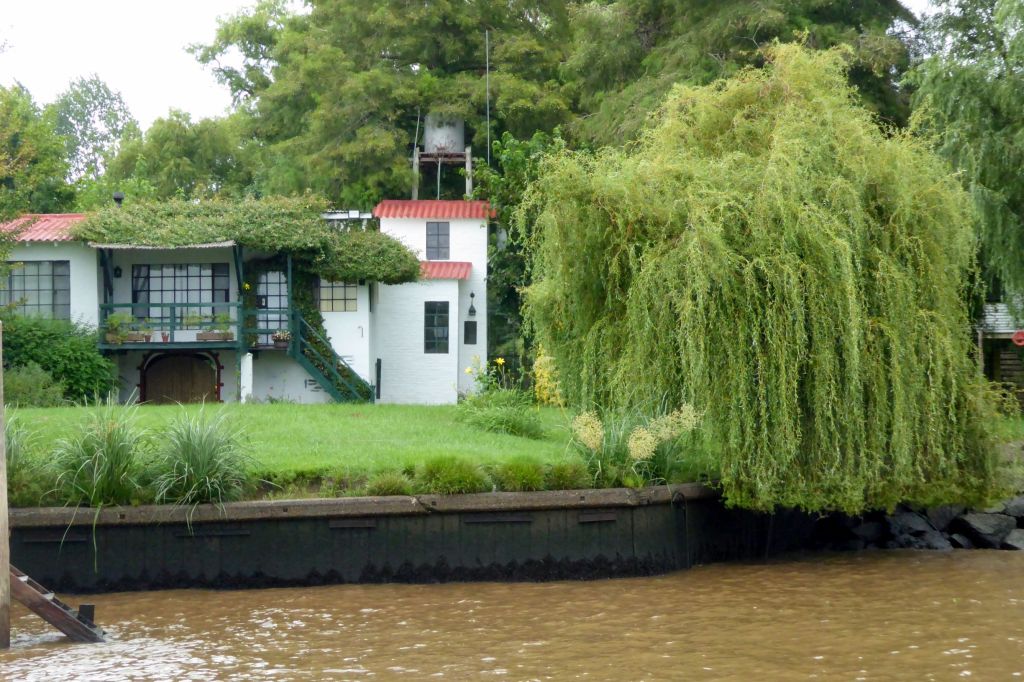
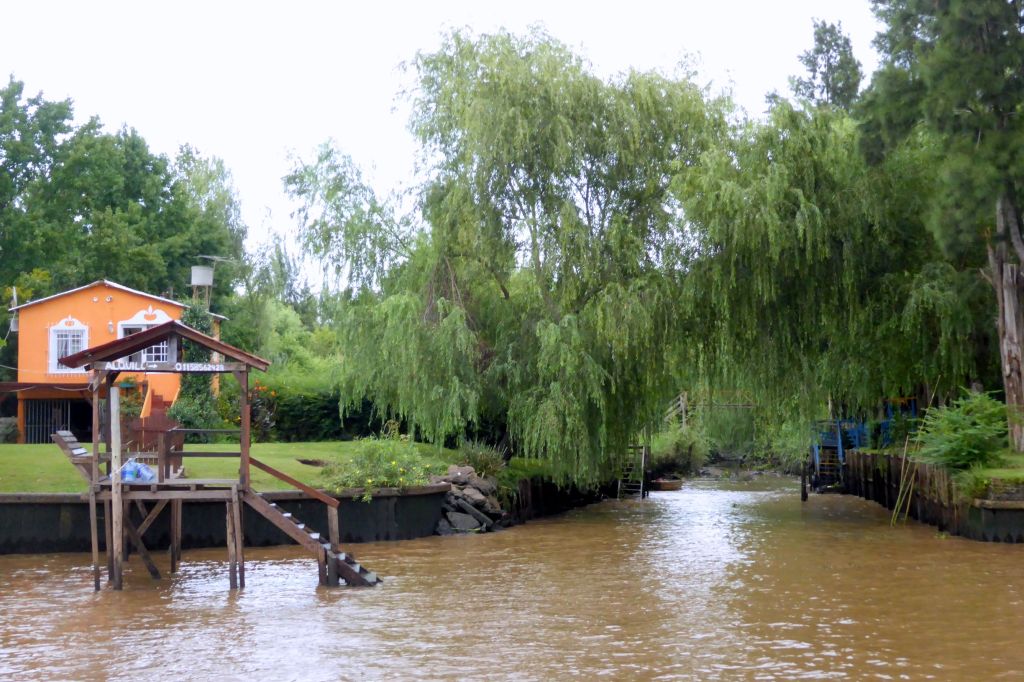
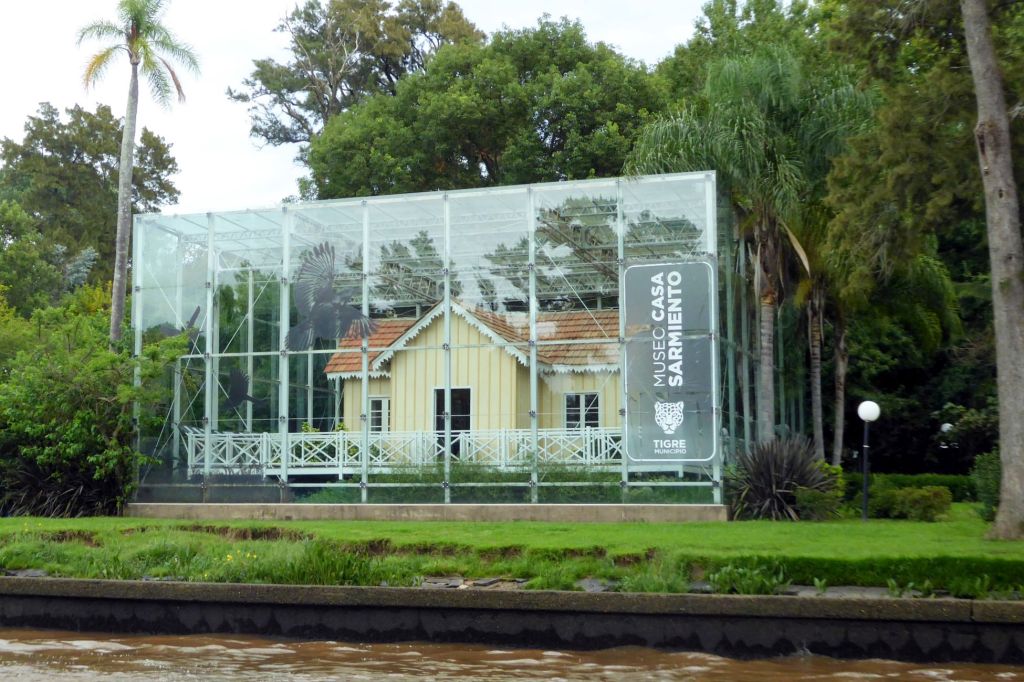

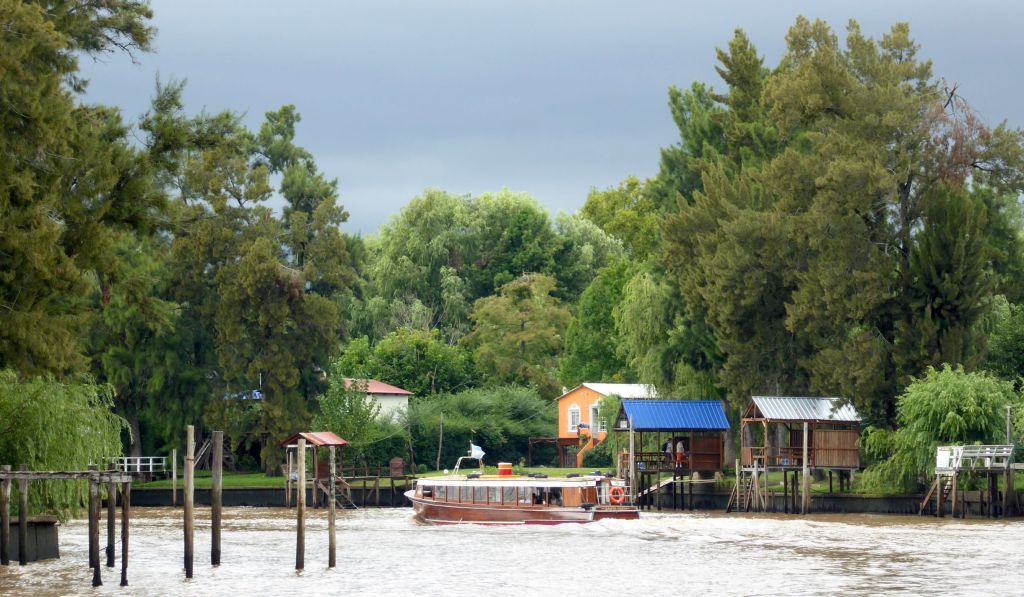
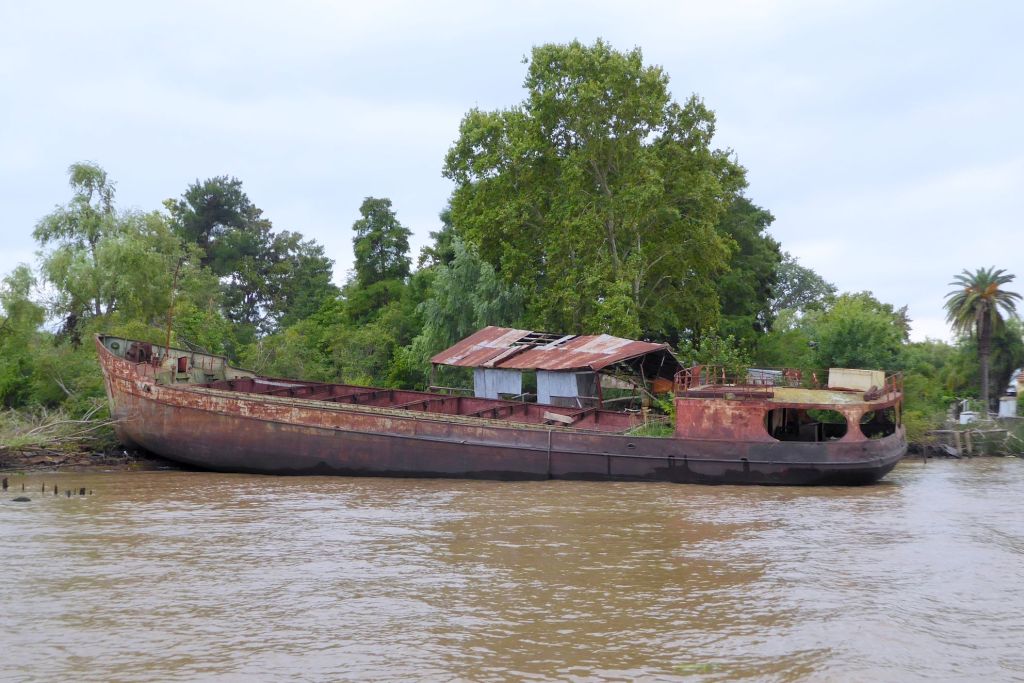
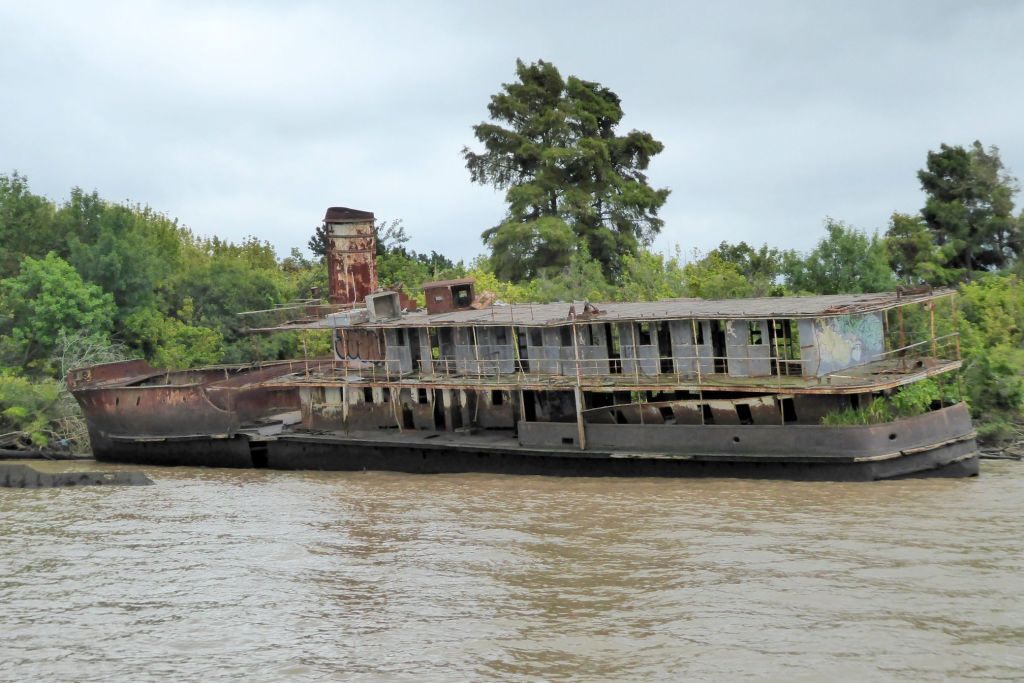
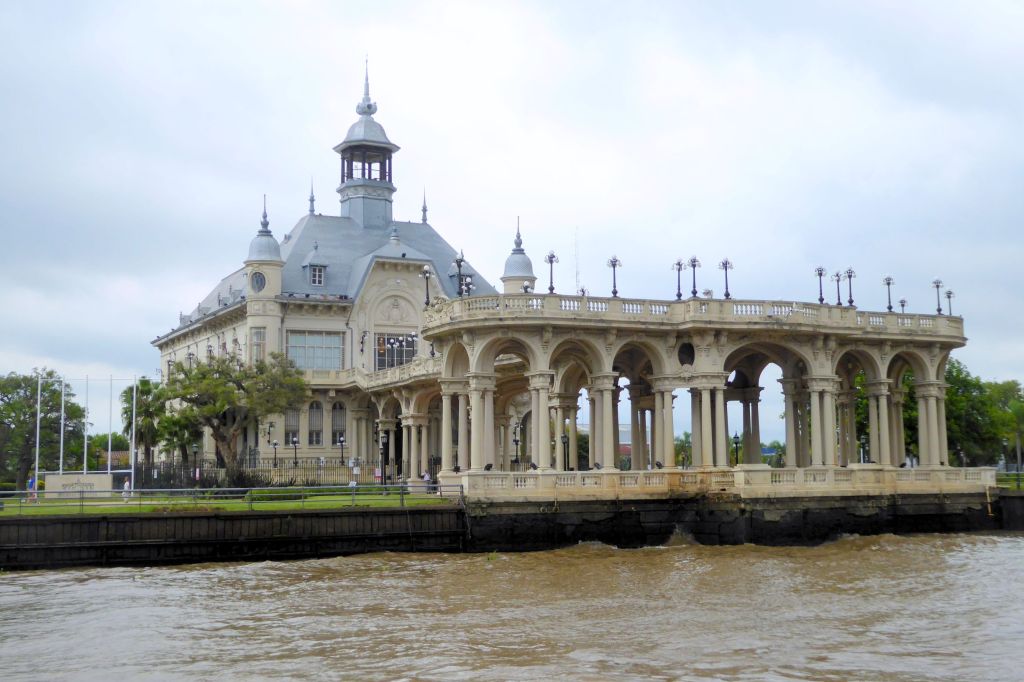
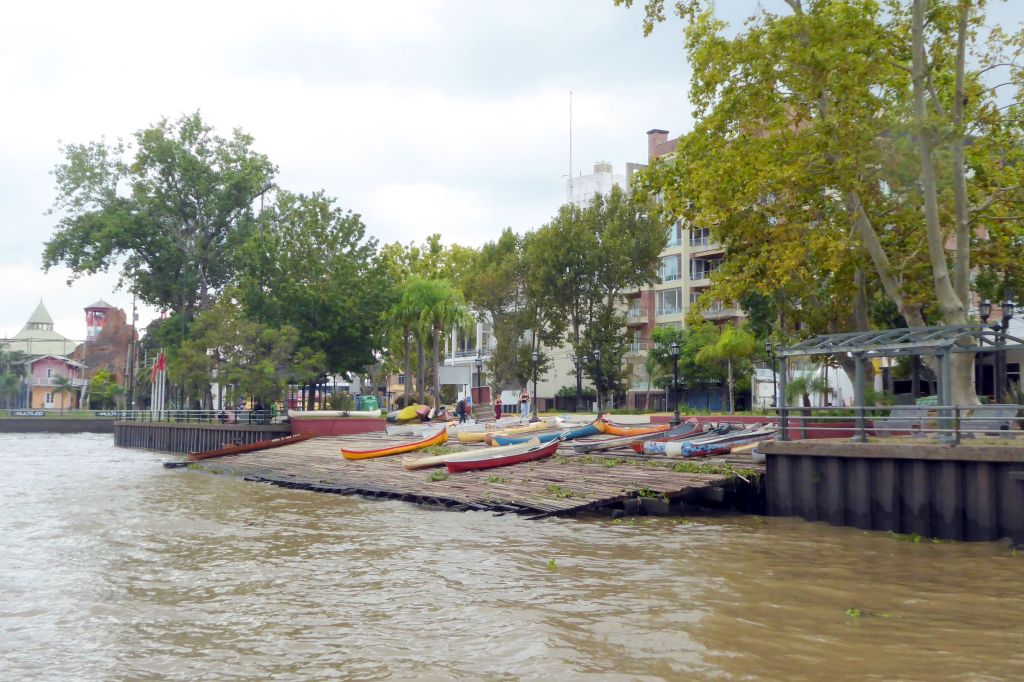
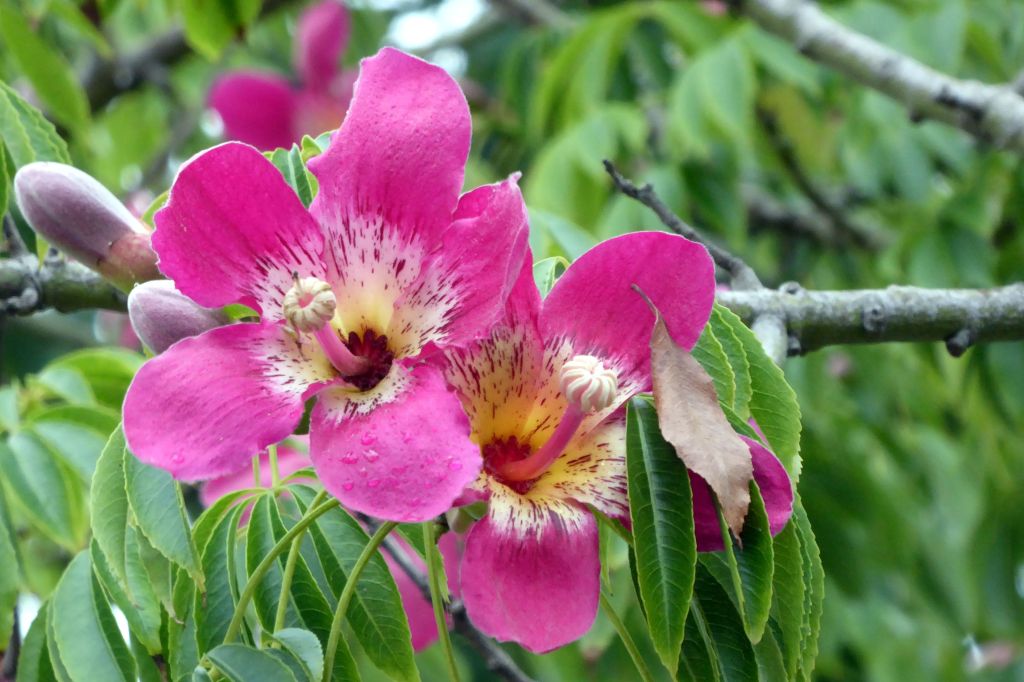
Following our tour, we opted to get dropped off at the weekend crafts market in the city square. I liked the colorful and whimsical paintings by this artist:
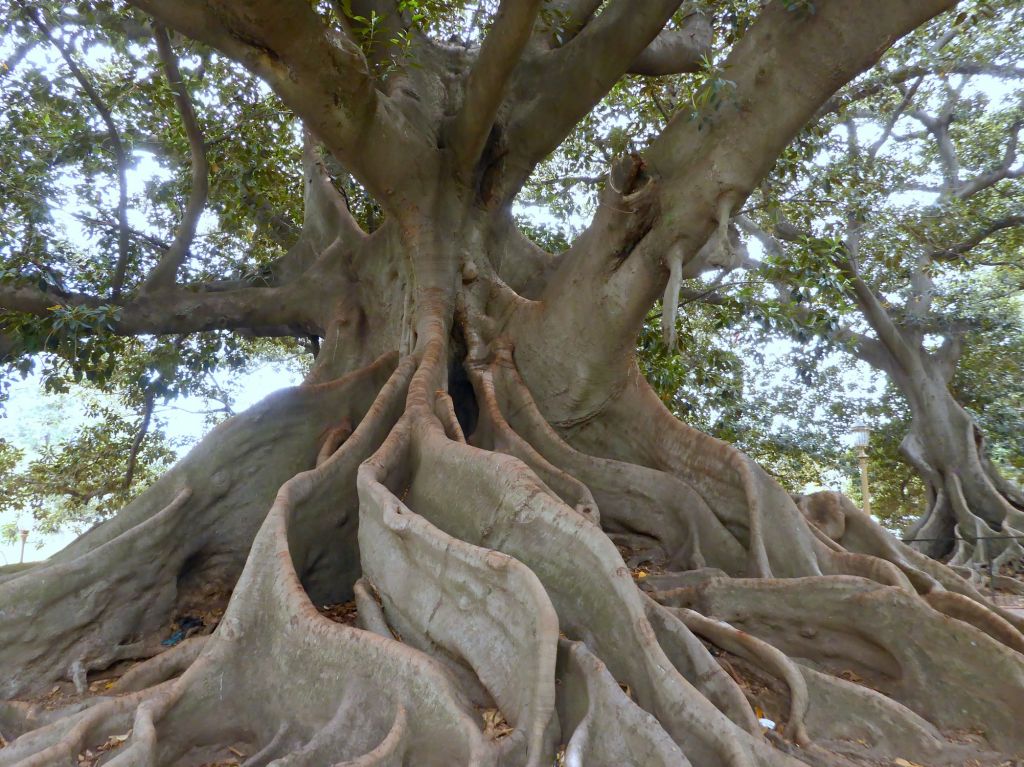
Four our last two evenings in Buenos Aires, Andrea’s husband, Julio, joined us. Also an Overseas Adventure Travel tour leader, it was a joy to have Julio with our group. The two of them were such a cute and fun couple!
Broccolini Ristorante Italiano, is where we enjoyed our last dinner together in Buenos Aires.
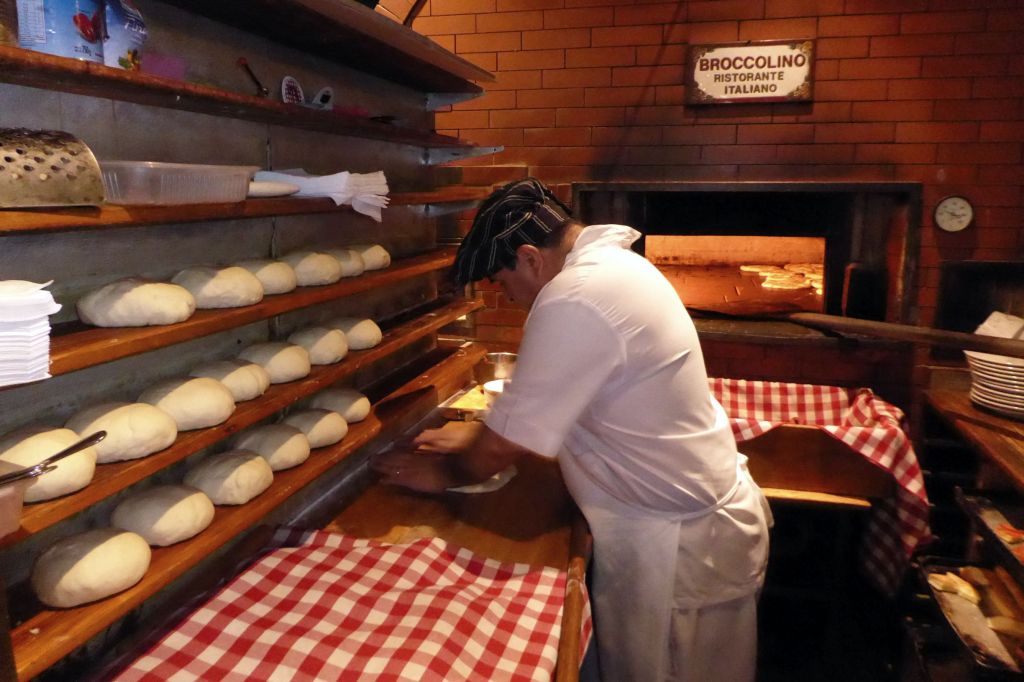
Next up: ARGENTINA & CHILE #18: INCREDIBLE IGUAZU FALLS

